Arthritis (osteoarthritis) is a disease of the joints that leads to their destruction.It affects 10% of the world's population.
When diagnosed with osteoarthritis, symptoms are severe and treatment of the disease must be comprehensive.
It is necessary to reduce stress, normalize nutrition, eliminate inflammation and reduce muscle spasms.What are the characteristics of arthritis, how to determine its appearance and what treatment methods to choose?
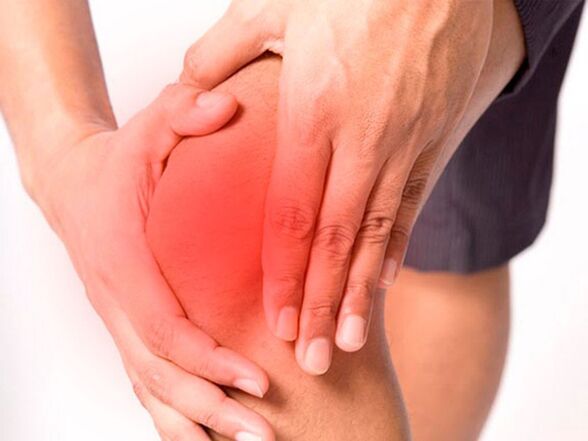
Arthritis - what is it?
Arthritis is a degenerative change in their structure, accompanied by pronounced pain and deformity.The second name of the disease used in the international classification is osteoarthritis.Let's look at why it happens and how it is diagnosed.Osteoarthritis - what is it?
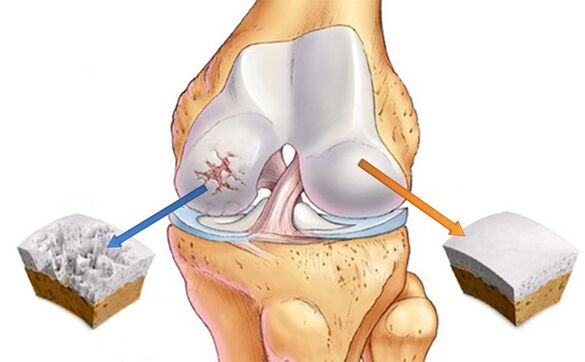
The disease begins with malnutrition of cartilage and its destruction.The inner layer of cartilage becomes thin, joints lose strength, and bone tissue fills with salt and grows (to compensate for strength).
That's why arthritis is called deforming arthritis - as it develops, the joint takes on an ugly "twisted" shape.
Deforming arthritis has three stages of development:
- Grade 1 osteoarthritis - no noticeable symptoms, except for a slight crunch and intermittent pain when moving;
- Osteoarthritis grade 2 - accompanied by the formation of growths, the appearance of pronounced pain, increased brittleness, muscle weakness;
- Grade 3 arthritis is called the acute form of the disease.Acute arthritis is accompanied by the appearance of joint deformities and limited mobility.
Which joints does arthritis affect?
Deformity and inflammation most often affect the joints of the lower limbs - hips, knees, toes (usually the big toe).Less common – ankles and fingers.
However, the disease can develop in other parts of the body.
With coxarthrosis, the hip joints are affected (often the cause of coxarthrosis is untreated congenital dysplasia).The destruction of the vertebral joints is called spondylosis, and the destruction of the knee joints is called spondylosis.Damage to several joints is called polyarthritis.
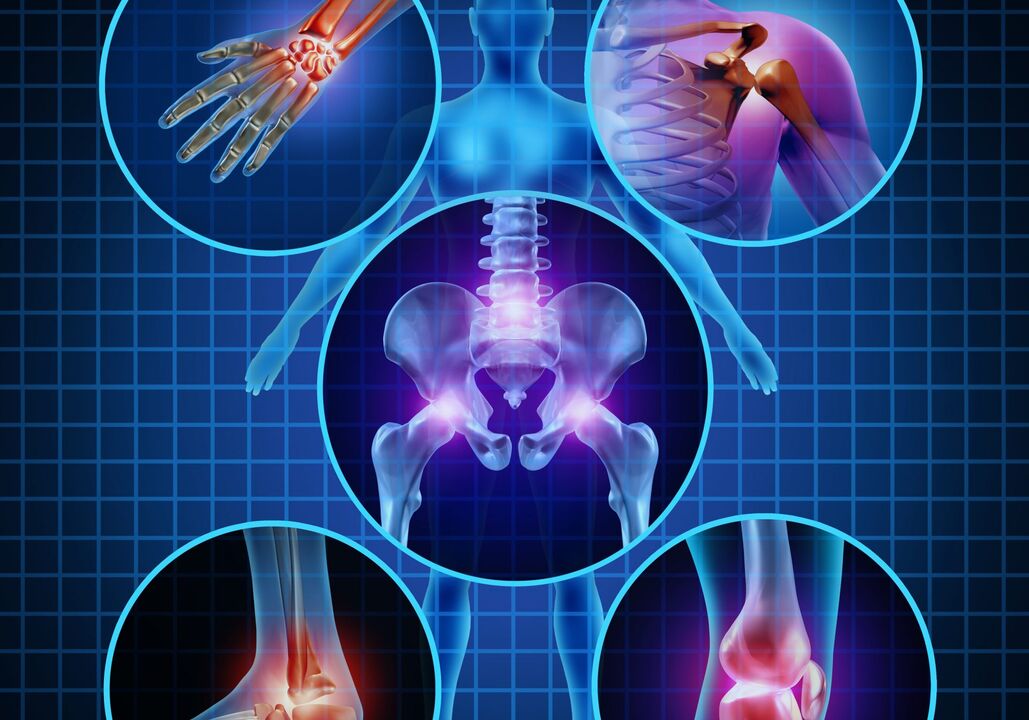
Symptoms of polyarthritis are the severity of the general condition, the prevalence of the process, curvature and pain in several joints at the same time (legs, arms, fingers, spine).
Inflammation in polyarthritis spreads asymmetrically, affecting different joints in different ways.Once polyarthritis is diagnosed, treatment time will vary.
Causes of arthritis
The formation of joint disease is promoted by two reasons - stress and lack of adequate nutrition, providing vitamins and minerals for tissue recovery.Everyone's joints are under pressure.For athletes and dancers, during physical activity, the load on the legs is greater, which means that the joints wear out faster and require high-quality nutrition.With a quiet lifestyle, the supporting apparatus wears out more slowly, but the tissue also needs to be replaced periodically.
Therefore, the main cause of destruction and deformation of joints is malnutrition and failure to absorb useful components, which often occur due to metabolic disorders.
We list the factors that contribute to joint wear and metabolic disorders:
- Muscle weakness and improper joint loading.Weakness of one or more muscles increases the load on the joint and distributes it unevenly within the joint.In addition, improper muscle loading occurs with flat feet and scoliosis, therefore, with these "harmless" diseases, cartilage tissue wears out with age and arthrosis appears.
The likelihood of developing arthritis increases with intense physical activity.
If daily loads exceed the capacity of bone tissue, they formmicrotrauma.Thickening appears at the site of injury, develops over time and deforms the joint;
- Metabolic disorders (gastrointestinal diseases - bile stasis, dysbacteriosis, gastritis, cholecystitis, pancreatitis, metabolic diseases - diabetes);
- Psychological - psychological causes of joint diseases confirm that negative emotional states also become the cause of the disease.Stress forms muscle spasms, constant stress disrupts the nutrition of all tissues (organs, bones, joints);
- Heredity (type of metabolism and its possible disorders caused by heredity, tendency to muscle weakness or improper formation of the bone apparatus, poor digestion - is the basis for the development of joint diseases in old age).
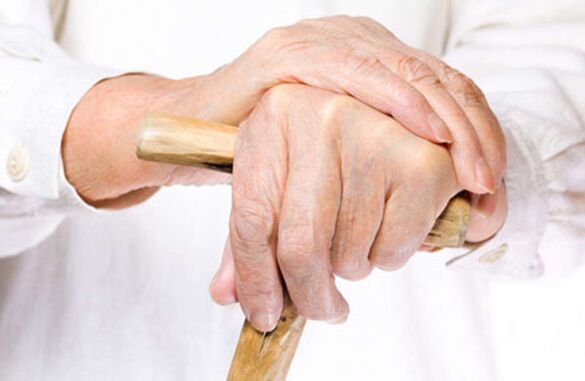
Arthritis is a disease of joints that wear down, lose their significant mineral supply, and their ability to withstand stress and damage.
So, with age, the likelihood of getting the disease increases.After 70 years, joint disease is diagnosed in every second retiree.Since the maximum load falls on the legs (a person moves - walks, stands, runs, jumps), this is when the first signs of arthritis form.
Symptoms of arthritis
Joint disease can be diagnosed by a number of painful symptoms - pain, swelling, crunching.
Symptom number 1: Pain
The main symptom of the disease is joint pain.Its occurrence is associated with deformation of the joint capsule and the formation of tumors.
If you have arthritis, pain symptoms will increase with movement and decrease with rest.
Or appears in an uncomfortable position and disappears when choosing a position that is comfortable for the legs and joints.In this way, arthrosis differs from arthrosis, which, on the contrary, hurts more at night, at rest, and less during the day when a person “walks around”.
At the beginning of the disease, pain appears cyclically (when moving or having an uncomfortable position).As the disease progresses, the pain appears more often and becomes stronger.To the point that rest does not bring relief, the joints still hurt even when resting.Because at this time the ability to circulate blood has decreased, the joint becomes "sensitive" to changes in weather ("twisted", painful).
Symptom number 2: crunching
Crepitus occurs due to the loose alignment of the bones in the diseased joint relative to each other.
However, slight crepitation may also occur in healthy joint capsules (with weak ligaments, with genetically mobile joints).
Joint crisis is characterized by growth.Over time, it intensifies, becoming louder and clearer.
Symptom number 3: joint deformity and reduced mobility
This symptom appears as the disease progresses.It progresses with increasing pain and is associated with the development of salt deposits, which prevent the joint from fully bending and straightening.The deformity becomes noticeable in the later stages of the disease.First, the joint swells, then "bumps" appear, forming an unhealthy bend, "twisting" the joint capsule.
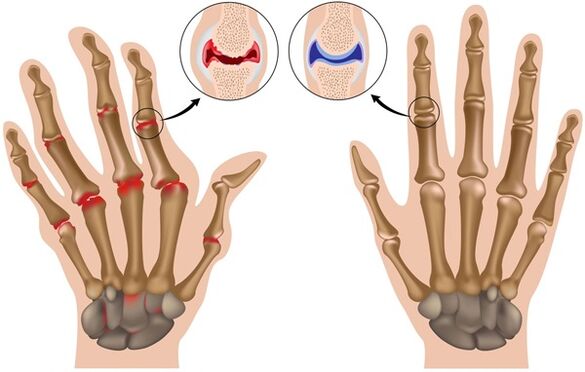
Treatment of joints with osteoarthritis
Treatment of joint disease (osteoarthritis) is based on two principles - eliminating stress and providing the joints with sufficient nutrition.How to treat osteoarthritis to achieve sustainable improvement, prevent cartilage destruction and bone tissue degeneration?Treatment of deforming arthritis uses a complex approach.Patients are prescribed medications and injections, compresses and physiotherapy.
When diagnosed with osteoarthritis, treatment cannot be one-sided.
You can't just nourish cartilage tissue with cartilage protectants or just relax muscles.One-sided measures will not help cope with such a serious disease.
How to treat joint disease properly?During treatment, several therapeutic areas are selected:
- Drug treatment: pills, injections, blockades.For arthritis, treatment with tablets, powders and capsules provides the body with cartilage-protecting substances.Preparations with chondroitin enhance collagen synthesis, helping to nourish and restore cartilage tissue.These are glucosamine and chondroitin sulfate.They are produced as arthritis tablets, capsules or powders.They help in the early stages of the disease and lose their effectiveness in advanced disease, when the cartilage is almost worn out or completely destroyed.In this case, the patient undergoes surgery (endoscopy), replacing the destroyed joint with artificial tissue.Injections with anti-inflammatory and analgesic components – blockade – are also prescribed.And injected into the joint.In case of arthritis, with their help, gels are introduced into the joints, simulating fluid in the joints, as well as analgesics and anti-inflammatory agents.
Injecting into the joint ensures the drug reaches the center of the inflammation.
The use of such injections allows you to reduce the number of pills for treating joint diseases.In addition, vitamin-mineral complexes are prescribed to nourish tissues;
- Exercise therapy.For arthritis, your doctor chooses a set of exercises to practice at home.You can learn how to do them in therapeutic exercise classes at the clinic.
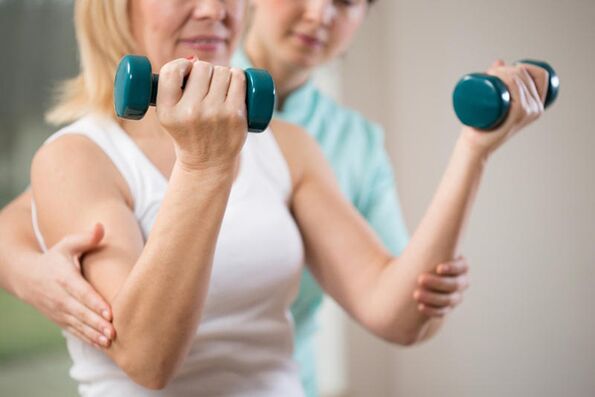
Arthropathic gymnastics helps restore muscle tone and eliminate one of the causes of the disease - weakness of muscle fibers;
- Physical therapy treatment.This includes shock wave therapy (destroys large amounts of salt, normalizes blood flow, activates the synthesis of its own collagen), oxygen therapy (saturation of joints with oxygen), massage (relaxes muscles and unloads joints), electrotherapy, wave techniques;
- Diet foods.When diagnosing osteoarthritis, the progression of the disease depends on nutrition.For osteoarthritis, the diet does not include any plants (potatoes, tomatoes, sweet peppers, eggplant).In addition, nutrition for people with arthritis limits alcohol, sugar, baked goods, and candy;
- Use additional amplifiers(orthopedic corsets for joint support - orthopedic devices);
- Alternative treatments.These include acupuncture (acupuncture on reflex points that activate blood flow in certain parts of the body), homeopathic treatment and hirudotherapy.
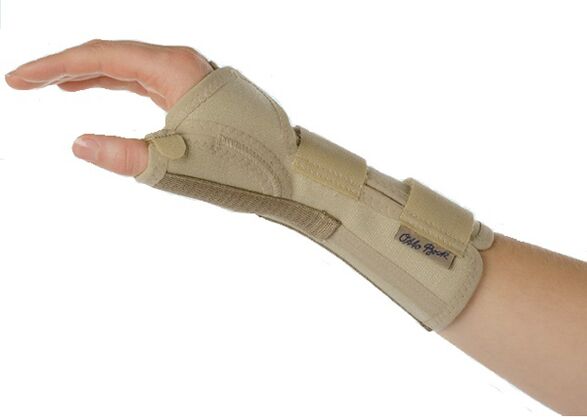
For successful treatment of arthritis, it is necessary to apply the entire range of listed complex procedures and measures for several months (from 4 to 7).
Who treats joint diseases?
Which doctor is an expert in treating joint diseases?We list experts who can provide you with effective support:
- A rheumatologist is a doctor who treats treatments (pills, injections, physical therapy);
- A rheumatologist is a doctor who specializes in diagnosing and treating joint diseases, mastering conservative and surgical treatment methods, unfortunately a rare specialty;
- Orthopedic surgeon – usually works with outpatients, but at specialized institutions, orthopedic surgeons perform surgical treatment;
- Therapists and surgeons are doctors present in any clinic;They are the people you need to contact to receive the initial referral for examination and treatment.
Treat arthritis with folk remedies
What can you do yourself?When diagnosed with arthritis, treatment with folk remedies at home can often relieve pain and maintain mobility.
Arthritis is often treated with gelatin (a substance the body uses to repair cartilage tissue).
Prevent osteoarthritis
Prevention of bone and joint deformities includes the following measures:
- Load limit;
- Massage after physical activity;
- Healthy menu full of vitamins, minerals, enzymes and bacteria (fermented milk products), carbohydrates, fats and proteins;
- Control excess weight.
When diagnosing osteoarthritis, the course of the disease depends on preventive measures, nutrition and the presence of physical (emotional) stress.
Prevention is recommended for people whose work and daily activities involve increased stress on the joints.And even people over 45 years old.
Arthritis is easier to prevent than to treat.Maintaining joints in a healthy state is easier than restoring cartilage tissue after it is destroyed.
























